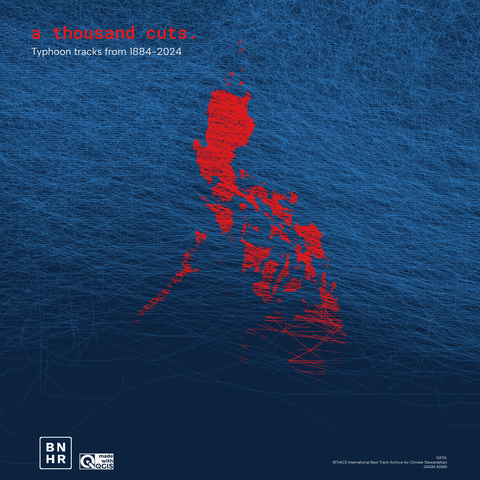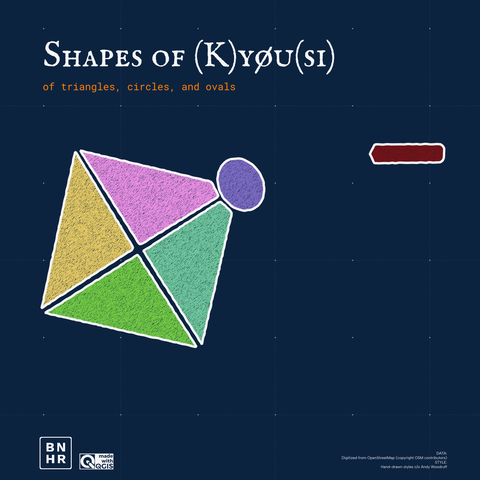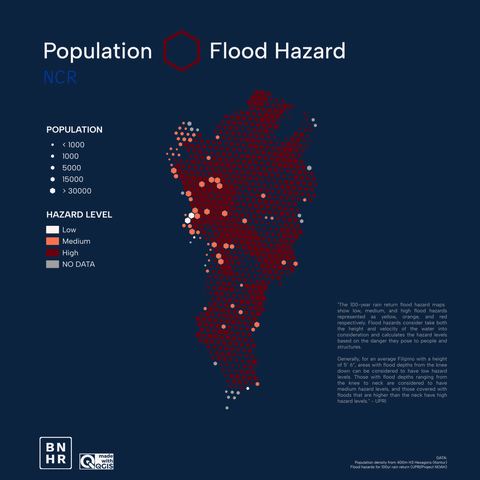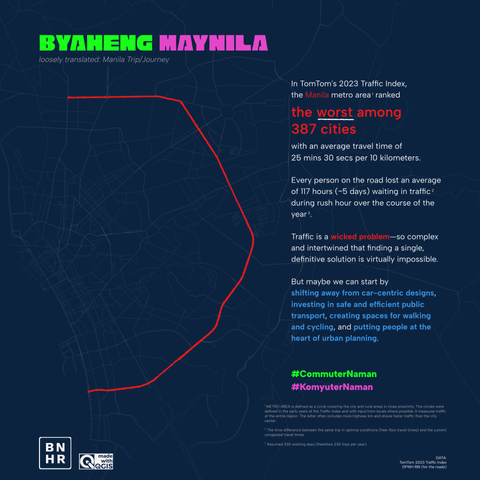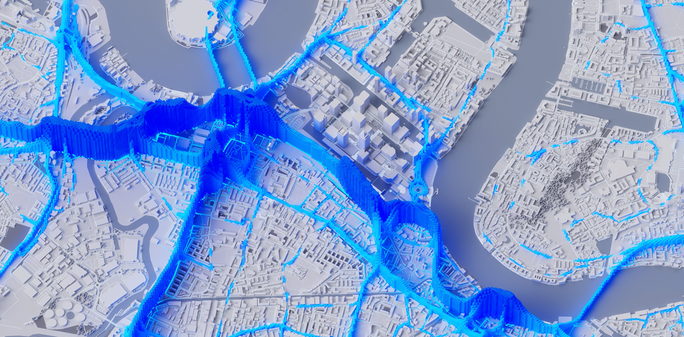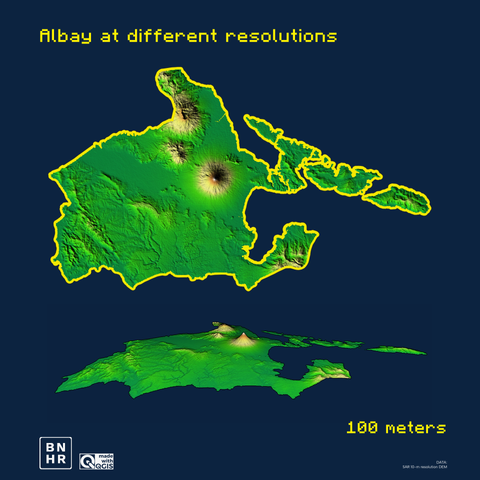30 DAY MAP CHALLENGE 2024 | DAY 1 - POINTS
The Philippine archipelago mapped using 10^n points with each point being 1000 x 2^(6-n) meters in diameter.
DATA
> GADM country-level data (adm0)
PROCESS
> Use the "Random points inside polygons" algorithm in QGIS to generate layers with 10^n points
> Style accordingly
> Add the 6 layers into a single Print Layout
#30DayMapChallenge #30DayMapChallenge2024 #Day1 #Points #MadeWithQGIS #QGIS #FOSS4G #Philippines #Pinoy #Maps #Mapstodon



